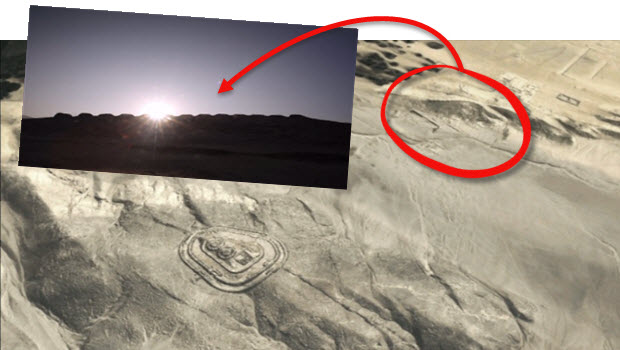
Restoration of Chankillo, the oldest solar observatory in the Americas, set to start
[Originally published May 3, 2017] Restoration work to put Chankillo, the oldest known solar observatory in the Americas, more prominently on Peru’s tourist map will begin next month, daily newspaper La República reports.
That’s the word from archaeologist Ivan Ghezzi, according to the newspaper. You may recall Ghezzi was the leader of the research team that determined a decade ago that Chankillo and the sprawling ancient ruins that surround it, comprise a massive and ancient solar calendar.
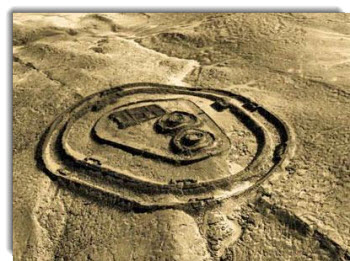
The restoration work is reportedly being funded with contributions from the World Monument Fund (WMF), the United States Embassy and the Municipality of Casma.
Peru’s Congress in late 2015 approved legislation to study, develop and integrate Chankillo and its neighboring archaeological sites, Sechín and Las Aldas, for tourism.
Lawmakers voted unanimously to declare the ancient complex a point of national interest and public necessity to fund research, protection, conservation and promotion of the monumental archaeological ruins, located about 250 miles (400 kms) north of Lima.
The site, situated on a stretch of coastal desert, consists of a huge fortification of three massive concentric walls, and to the east of that, a line of 13 rectangular towers built along a low ridge.
Ghezzi and fellow archaeologist Clive Ruggles proved in 2007 what Thor Heyerdahl famously theorized in his book Kon-Tiki six decades earlier: that the towers were actually a solar observatory.
“It was a great Eureka moment,” Ghezzi told the BBC series Wonders of the Universe. “We just couldn’t believe what we were watching. We realized that the towers were actually horizon markers keeping track of the rising of the sun as if they were a ruler for the sky.”
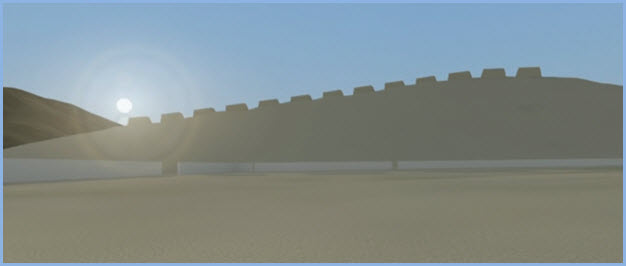
It remains a mystery what Andean culture built Chankillo, but it predates high Inca civilization by nearly 2 millennia. Its study promises to provide new insights on the importance of sun worship throughout Peru’s prehistory.
That endeavor — as well as giving travelers a chance to witness how the solar calendar still functions to within one-day accuracy — is now officially “a point of national interest and public necessity.” So said Peru’s Congress.
The ultimate aim is to put Chankillo in line for potential consideration to be declared cultural heritage site of humanity by UNESCO.
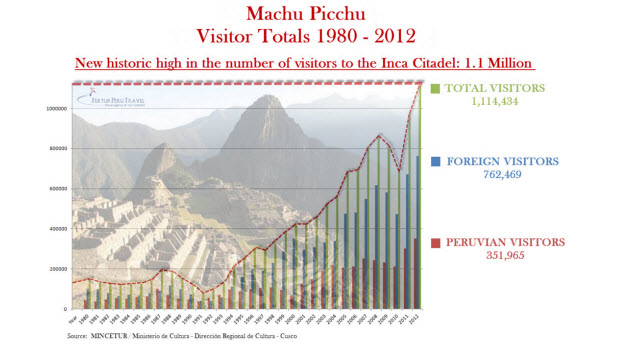 Record breaking 1.1 million tourists visited Machu Picchu in 2012
Record breaking 1.1 million tourists visited Machu Picchu in 2012 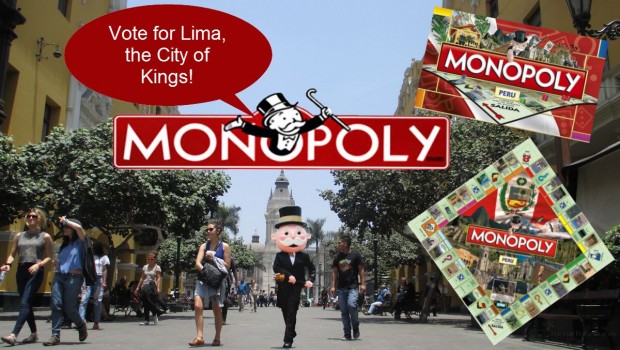 Mr. Monopoly Tours Lima in Search of Votes
Mr. Monopoly Tours Lima in Search of Votes 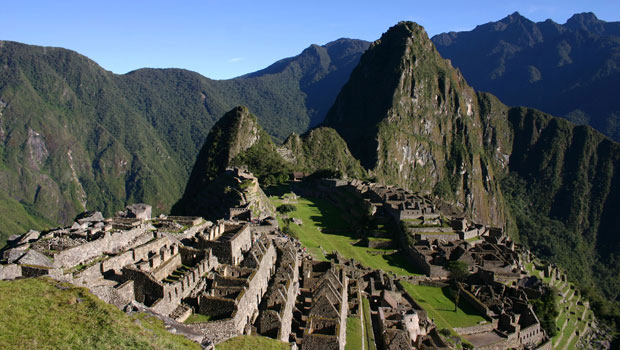 Cusco Tourism leader worried over Machu Picchu preservation
Cusco Tourism leader worried over Machu Picchu preservation 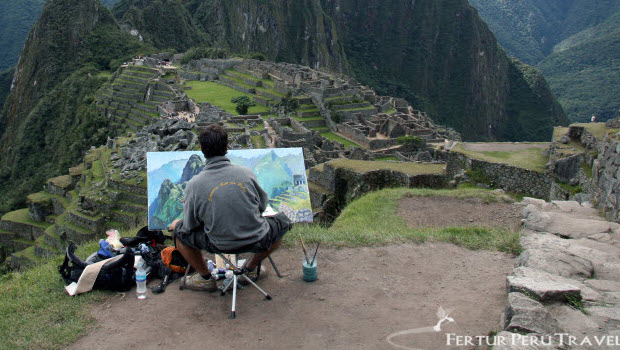 Visitor restrictions to Machu Picchu temporarily lifted
Visitor restrictions to Machu Picchu temporarily lifted  Oprah’s O magazine spotlights co-founder of Maki International as Local Hero
Oprah’s O magazine spotlights co-founder of Maki International as Local Hero 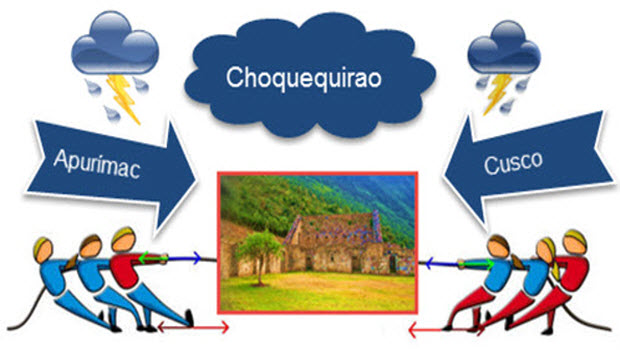 Cusco wants in on Choquequirao Cable Car action
Cusco wants in on Choquequirao Cable Car action 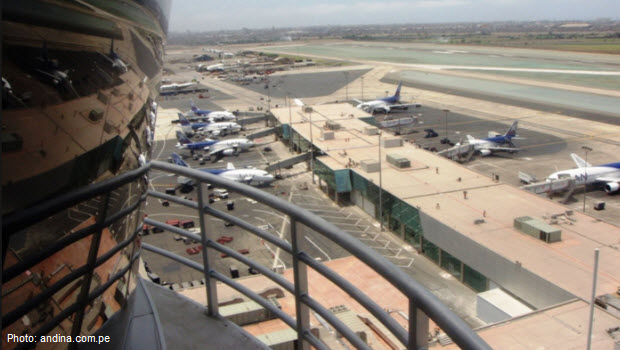 Peru air traffic controllers plan 72-hour walkout
Peru air traffic controllers plan 72-hour walkout 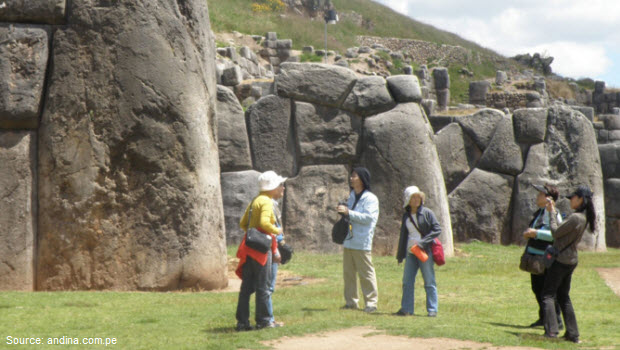 Growth of Peru tourism outpaced global average in 2012
Growth of Peru tourism outpaced global average in 2012